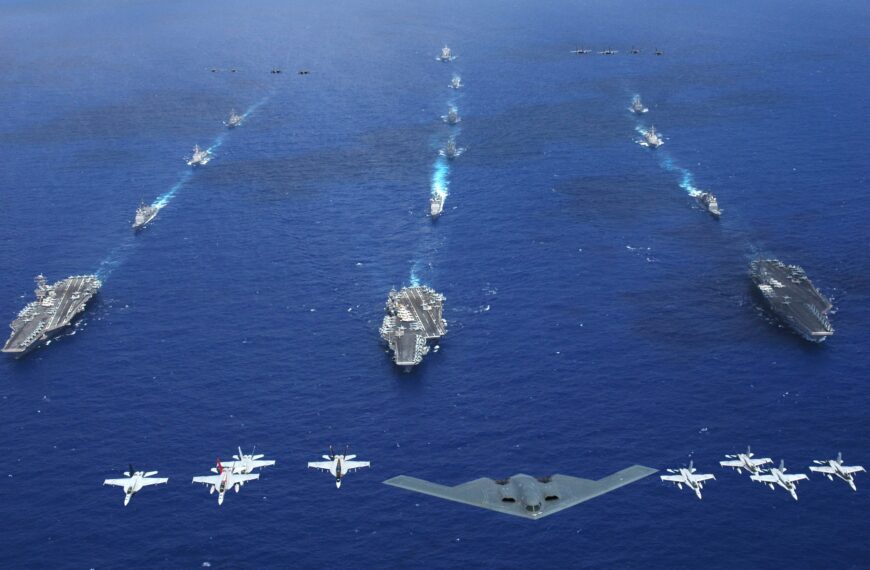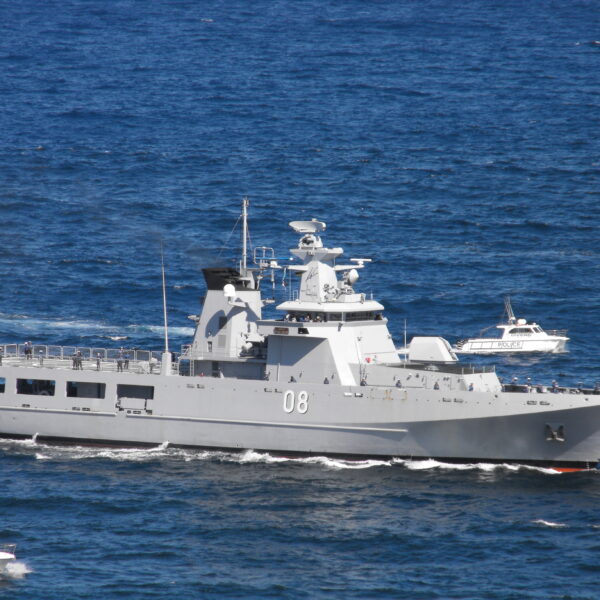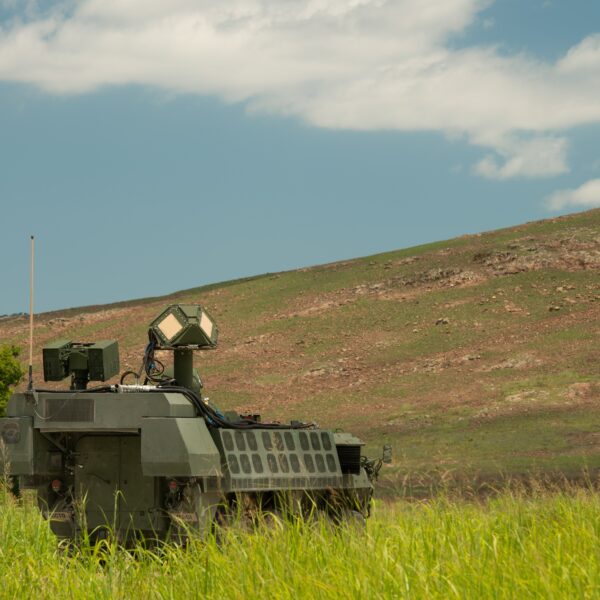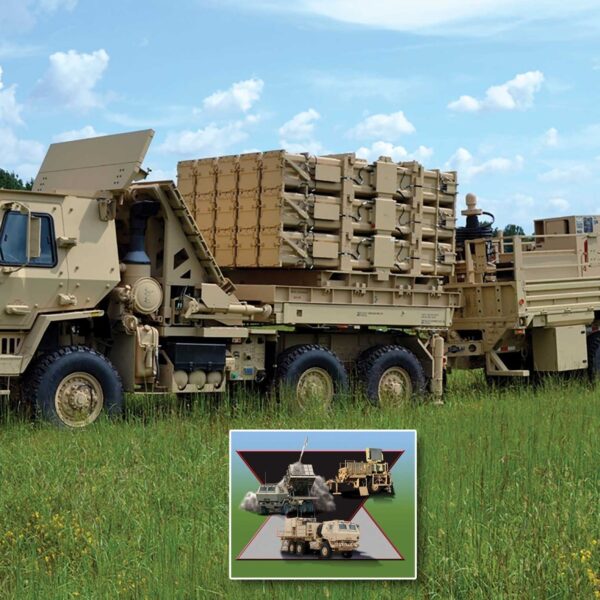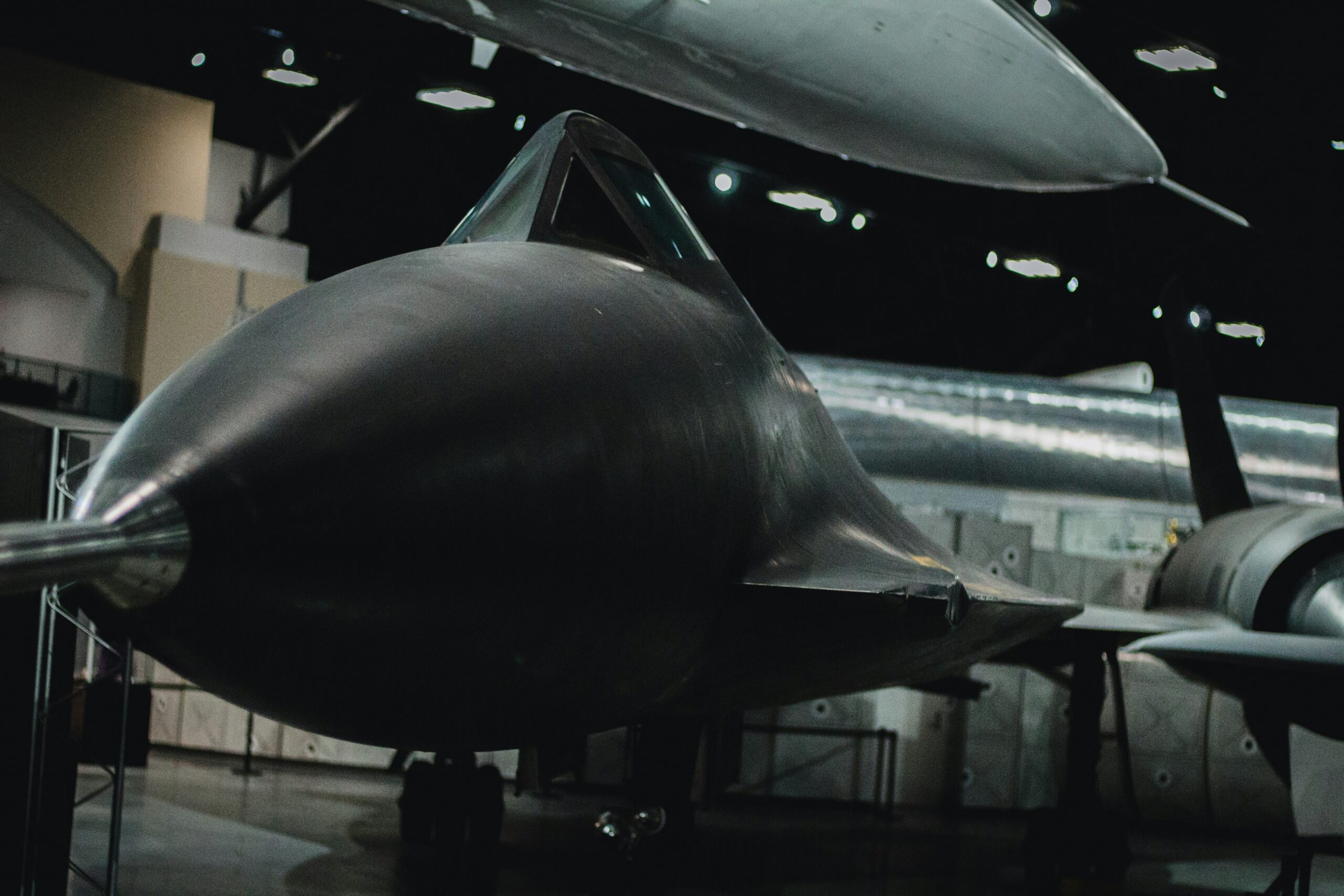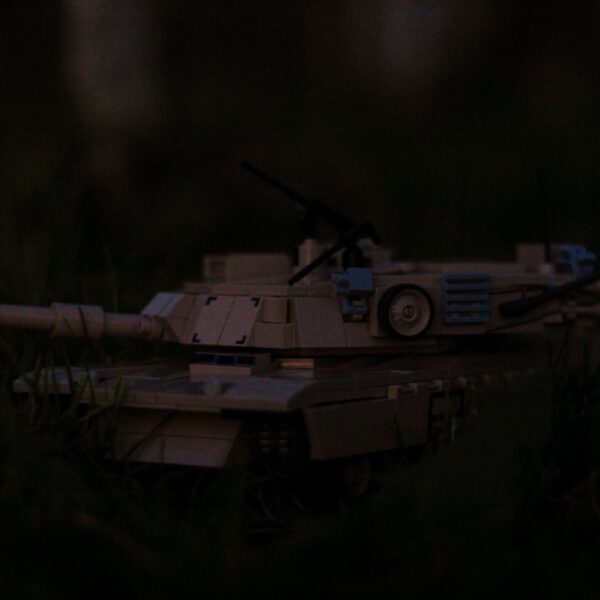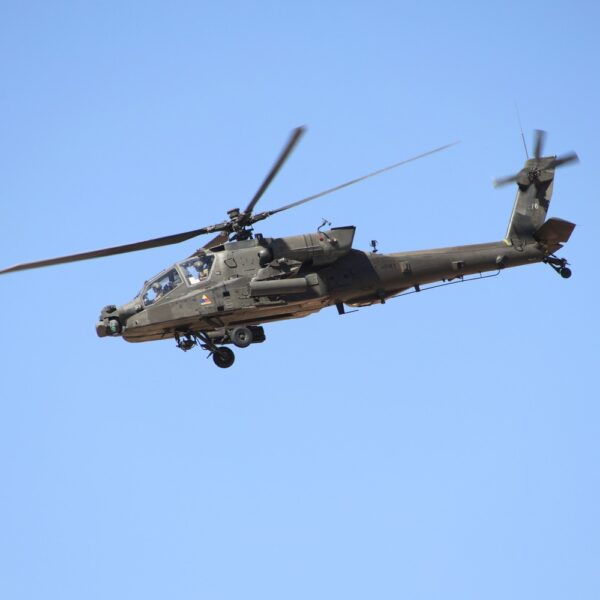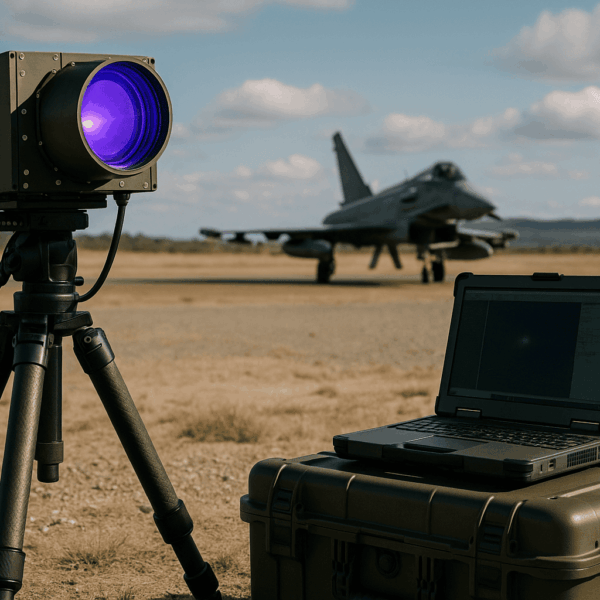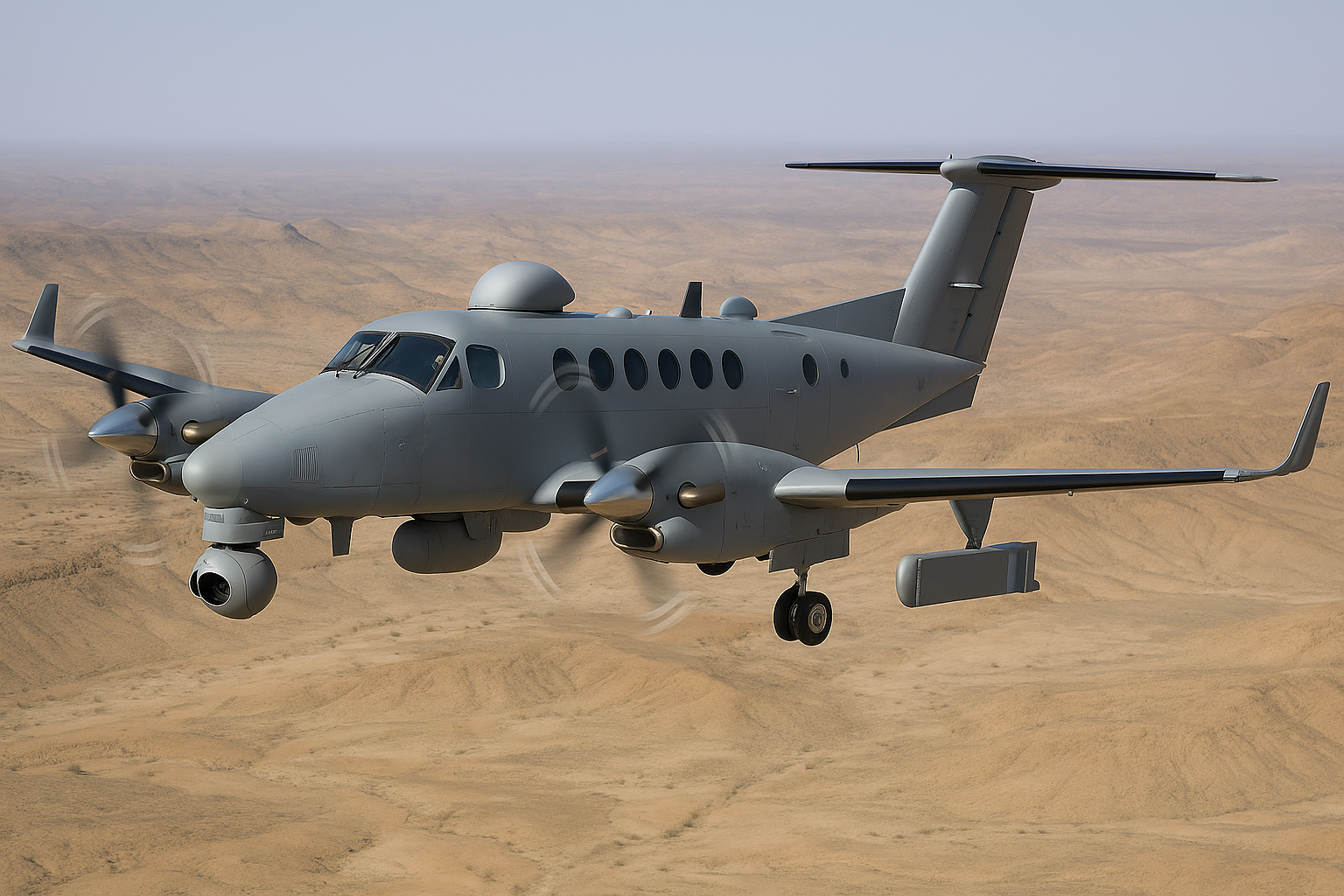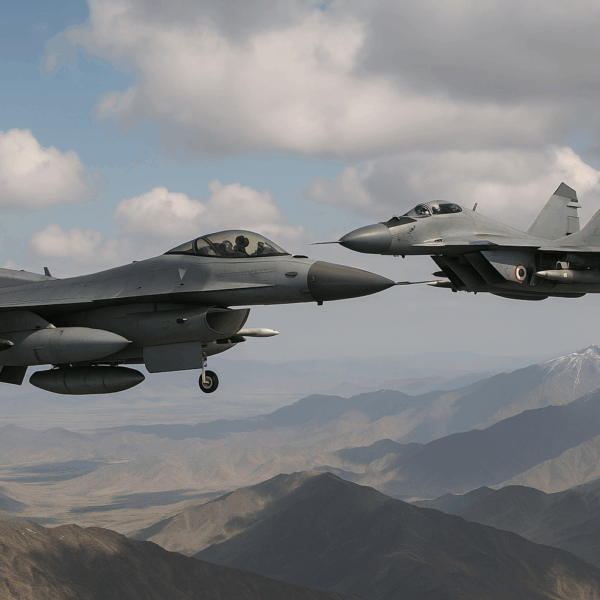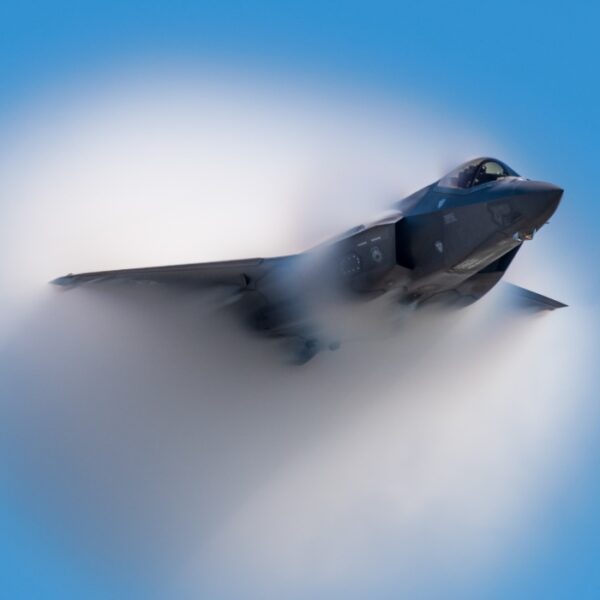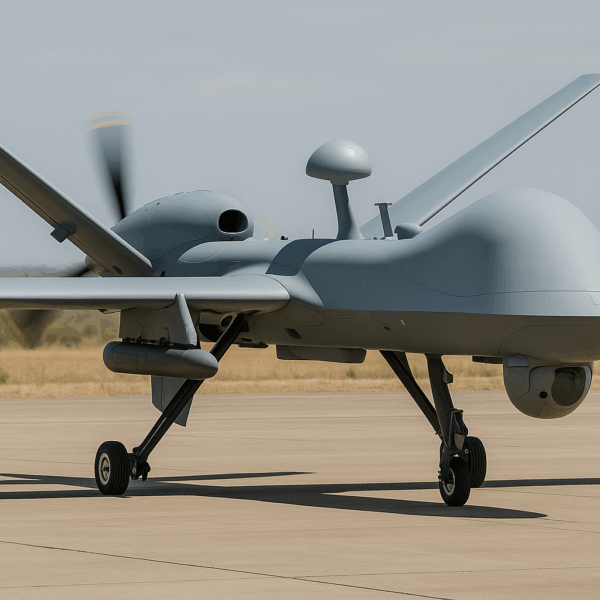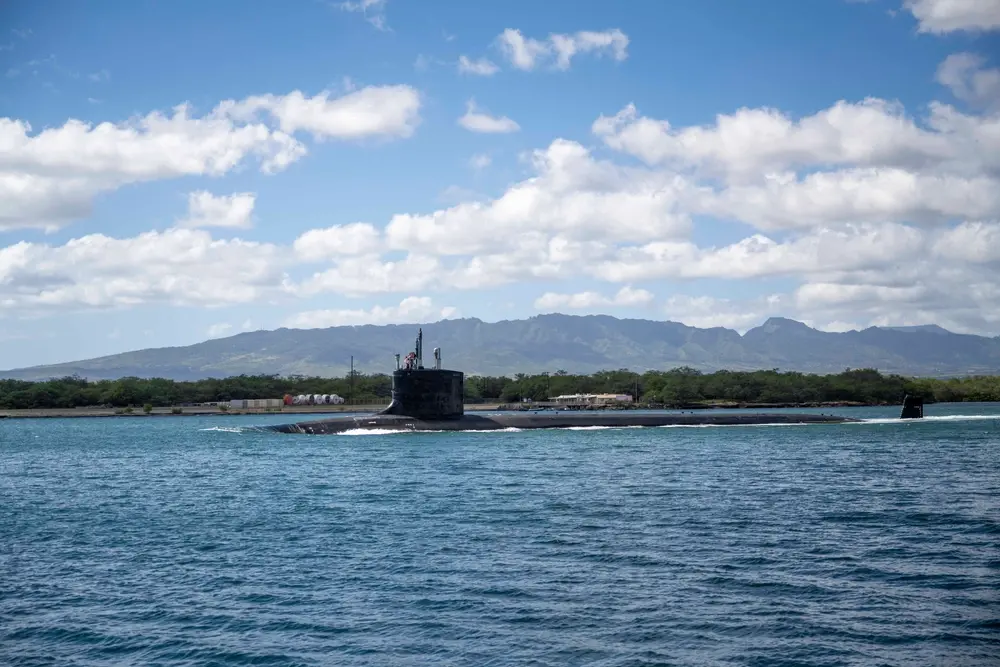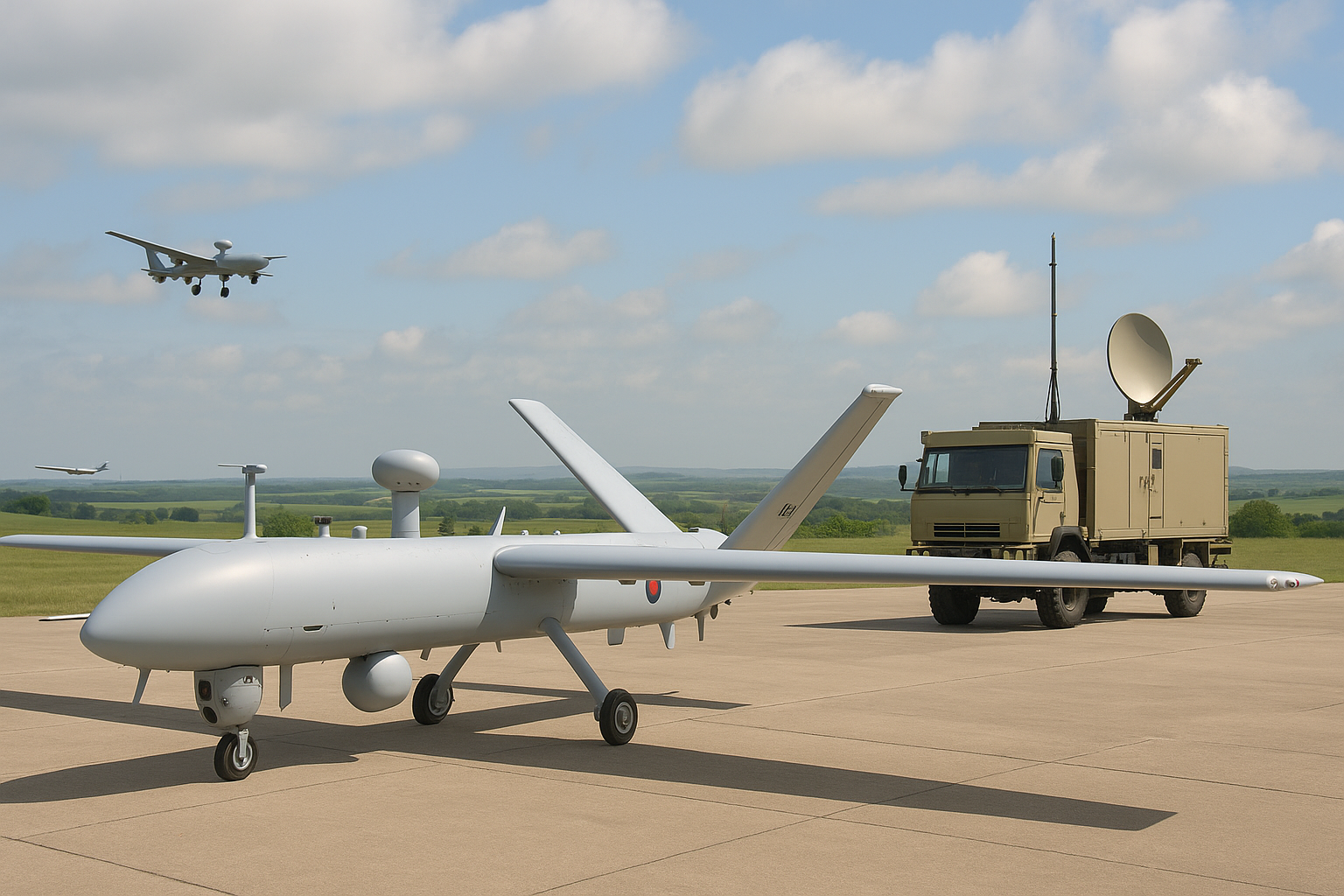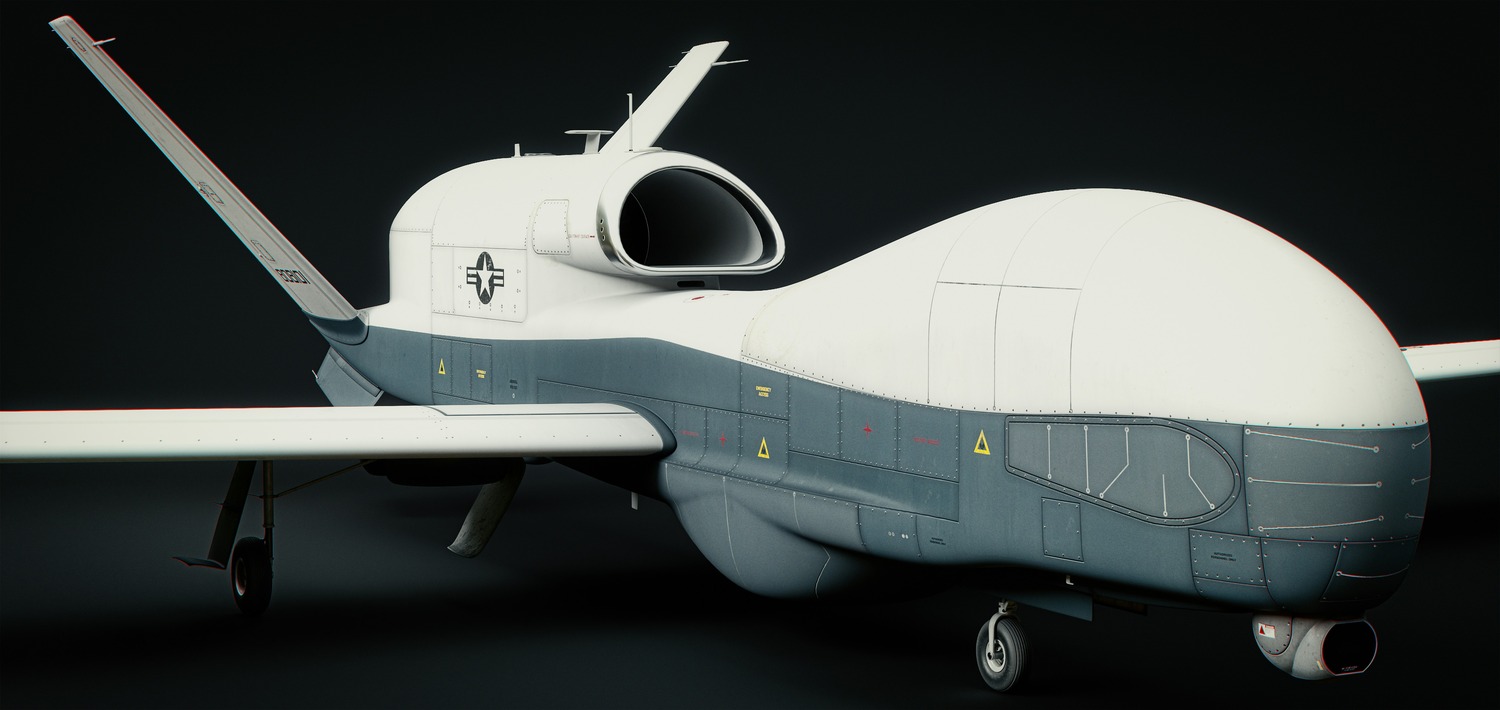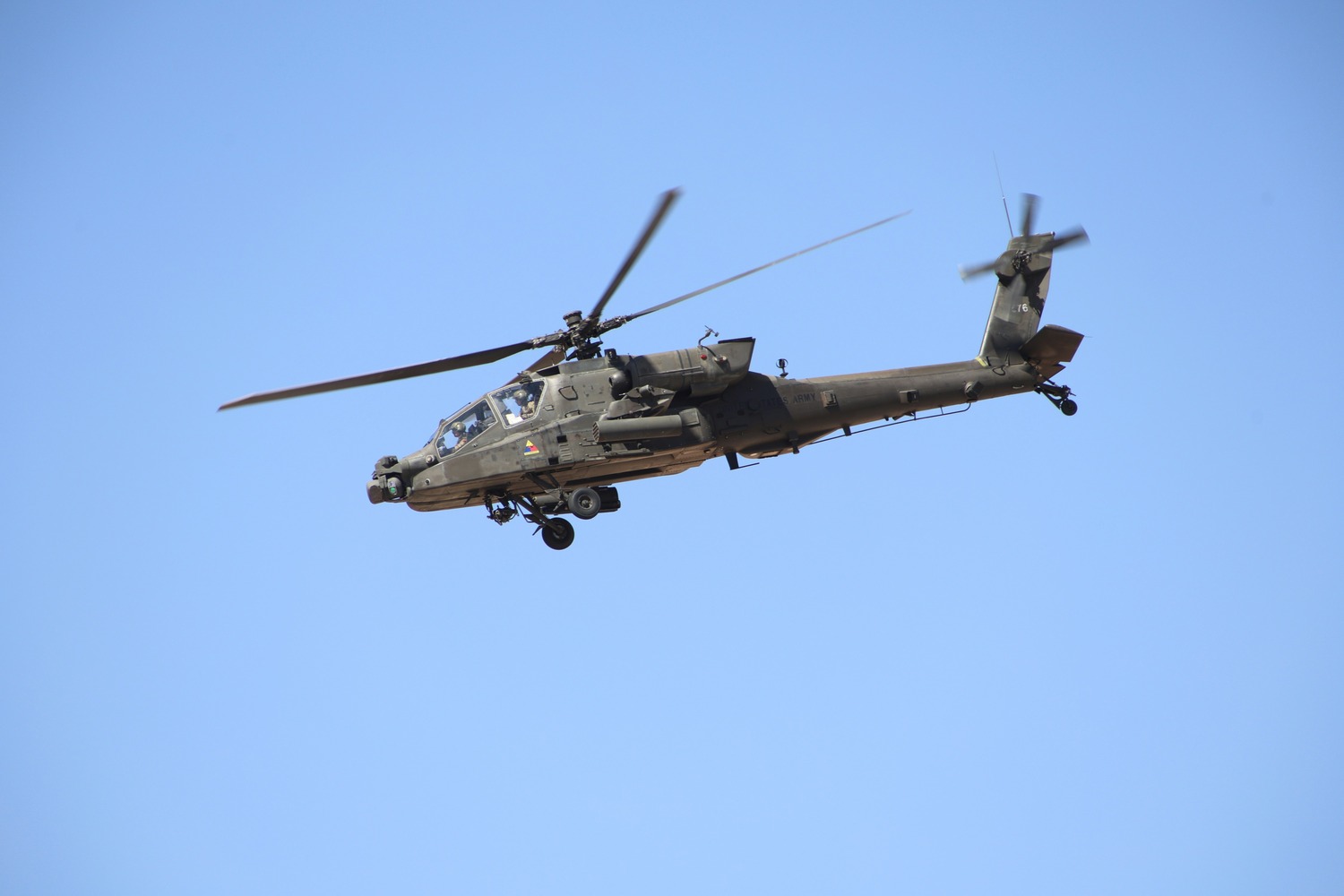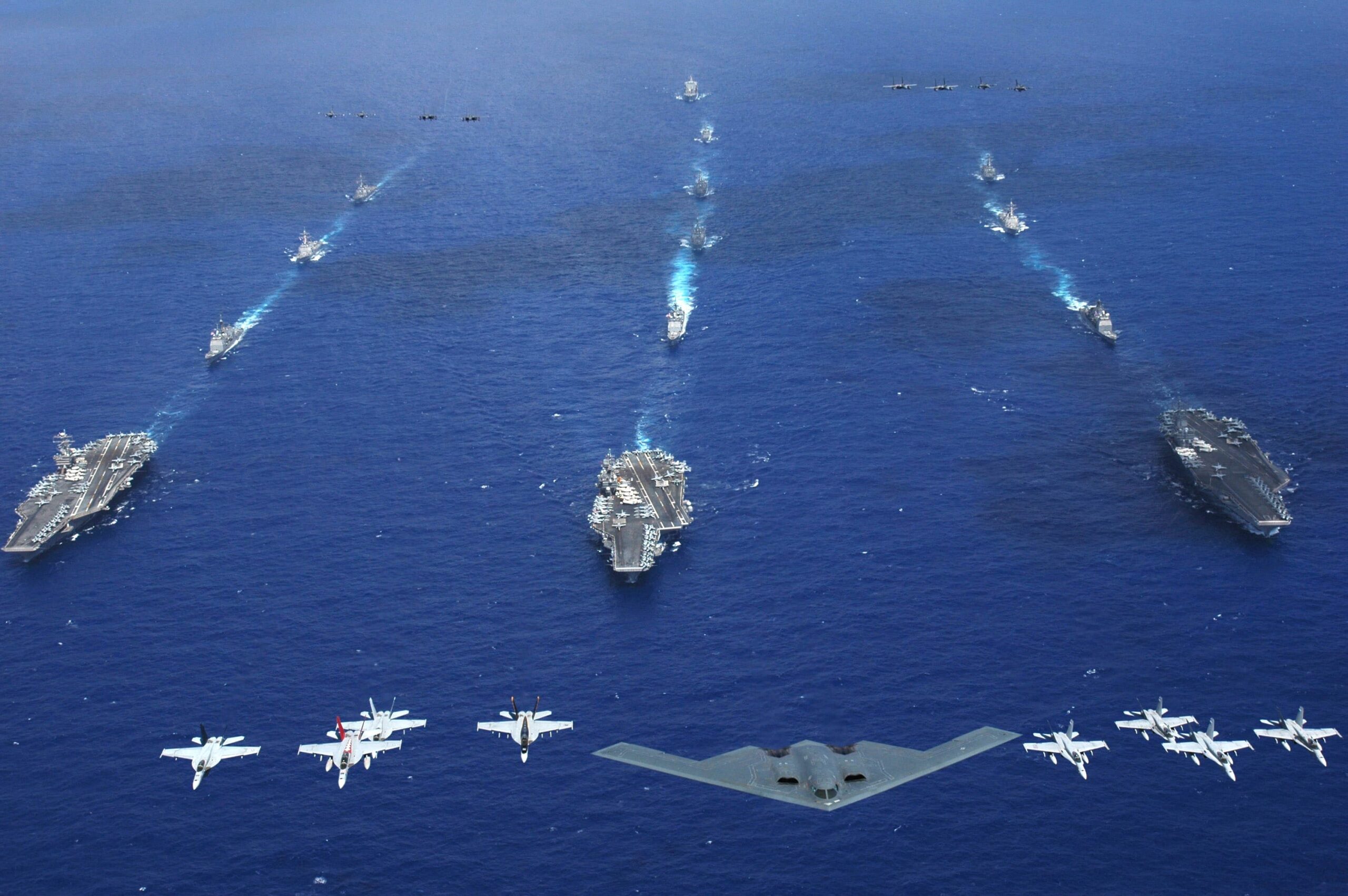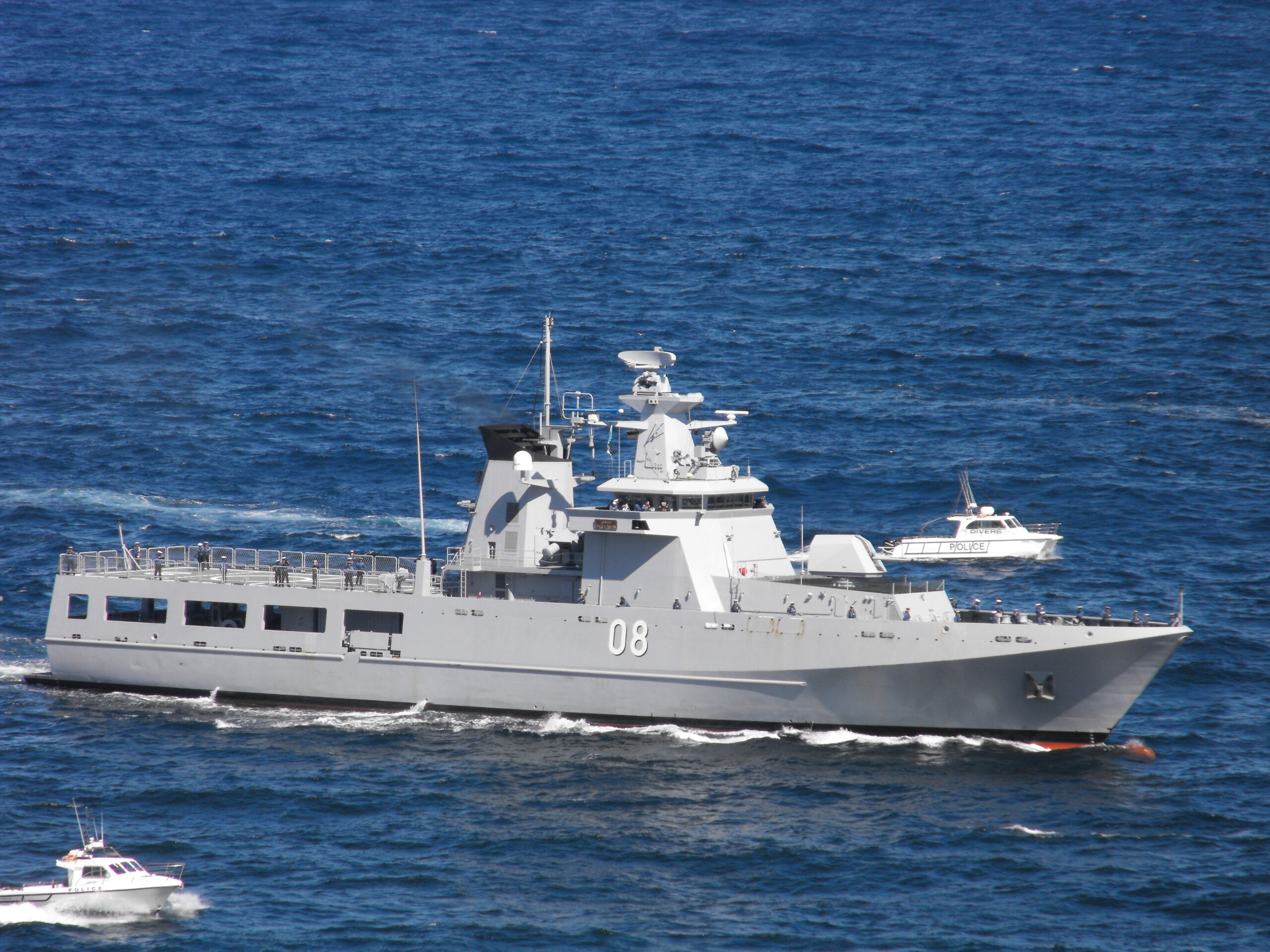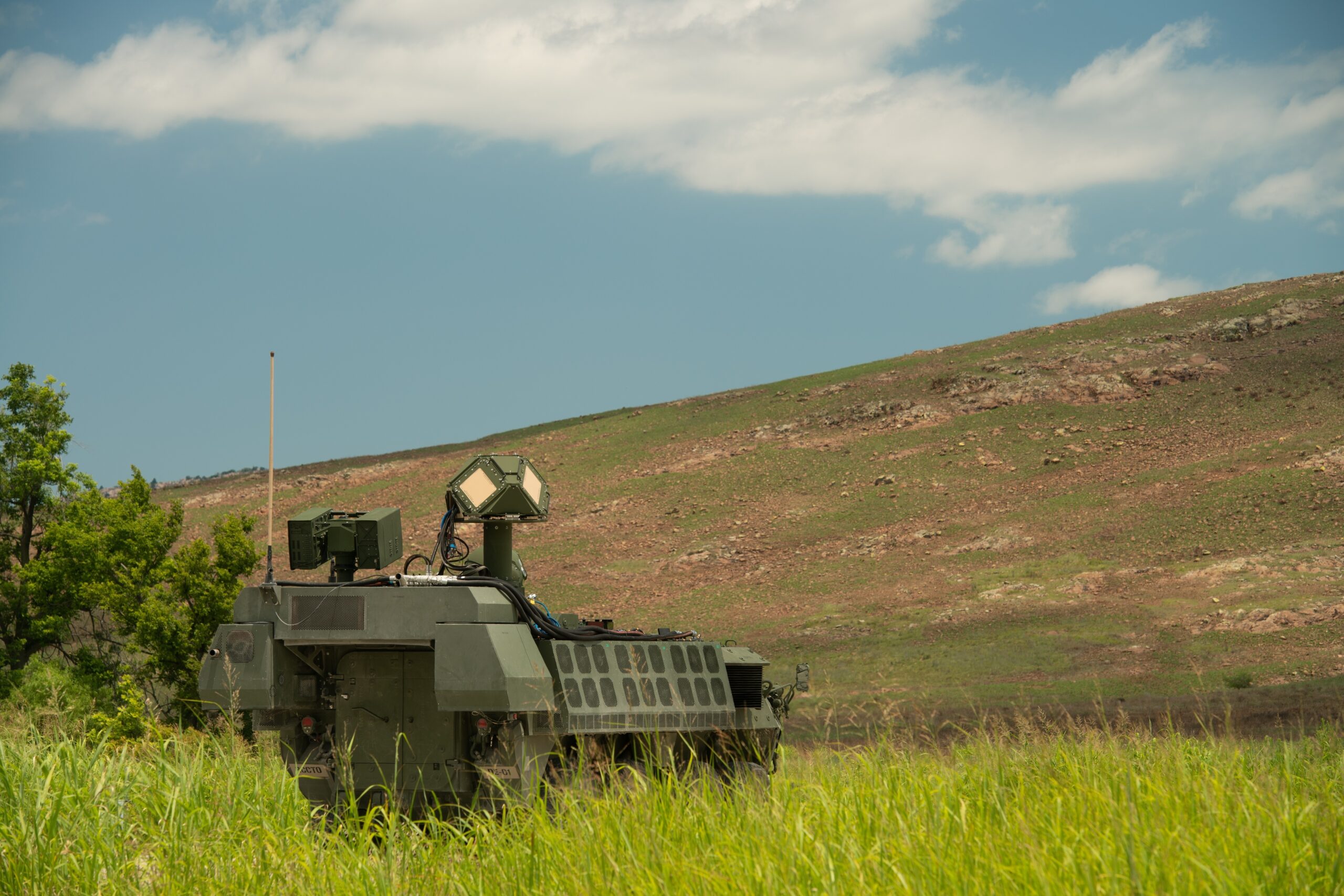Feature Stories
Russia’s Avangard Glide Weapon Reaches Mach 27, Kremlin Claims
Russia says its new Avangard hypersonic glide vehicle slices through air at Mach 27—about 33 000 km/h. Officers call it a “shift point”…
France Releases Initial Details About French-German MGCS Future Tank Program
France and Germany have released a revised outline for the Main Ground Combat System (MGCS), the two-nation effort meant to retire the Leclerc…
Poland Receives First AH-64D Apaches to Prepare for Guardian Fleet
Three AH-64D Apache attack helicopters landed this morning at the 56th Air Base in Latkowo, near Inowrocław. They taxied to the ramp in…
Three UV Stimulators Ordered
Ian Will, Manager of Electro-optic EW Systems at Tenix Defence Systems, confirmed today that a foreign customer has placed an order for three…
Press releases
Pentagon Contract Announcement
L-3 Communications, Platform Integration Division, Waco, Texas, received a not-to-exceed $41.5 million undefinitized contract action to supply four intelligence, surveillance, and reconnaissance (ISR)…
Pakistan Strikes Back
Pakistan Air Force jets crossed the Line of Control at dawn and released laser-guided bombs against selected sites on the Indian side of…
Aviation Week Reader Comments Above Story
Lockheed Martin’s F-35 program has drawn thousands of reader remarks on Aviation Week since the aircraft reached initial service. The most pointed thread…
Ahead of Modi Visit, US Approves Sale of 22 Guardian Drones to India
The United States has cleared the sale of twenty-two MQ-9B Guardian unmanned aircraft to India, opening a path for New Delhi to field…
Editor’s choice
General Dynamics Electric Boat Secures $1.85 B Navy Contract for Virginia-Class Block VI Submarine Prep
According to industry sources, the U.S. Navy has added up to $1.85 billion to its multiyear Virginia-class attack-submarine contract with General Dynamics Electric Boat. The money covers early construction work and the purchase of long-lead components for the forthcoming Block VI boats. Defense officials confirm…
Thales Signs £700 Million Watchkeeper Contract with MoD
The Ministry of Defence has signed a £700 million agreement with Thales UK to develop, manufacture, and support the Watchkeeper unmanned system. The single signature secures every major phase of work, from completing design through initial sustainment, under one integrated schedule.
China’s Expanding Drone Arsenal Reveals Strength of Civil-Military Integration
The first taxi runs of Jiutian’s SS-UAV “drone mothership” at a private airfield in Sichuan on 16 June reflect how far China’s unmanned programs have moved in a single decade. According to industry sources, technicians completed telemetry checks in less than six weeks, after the…
Poland Receives First AH-64D Apaches to Prepare for Guardian Fleet
Three AH-64D Apache attack helicopters landed this morning at the 56th Air Base in Latkowo, near Inowrocław. They taxied to the ramp in quick succession, rotors still spinning while ground crews signaled them into place. Defense officials confirm these aircraft now belong to the 1st…
Latest articles
Pentagon’s $1.01 Trillion 2026 Plan Funds 19 Navy Vessels to Counter China and Middle East Risks
The Pentagon has filed its fiscal 2026 request with Congress. Defense officials confirm the document…
Royal Australian Navy Welcomes HMAS Arafura as New Arafura-Class OPV
The Royal Australian Navy has added a new hull to its order of battle. On…
U.S. Army Debuts Stryker-Mounted DE M-SHORAD Laser in Live Field Test
Soldiers at Fort Sill fired a Stryker-mounted laser in a real tactical drill for the…
U.S. Army Commences 2025 Production of IFPC Increment 2 to Strengthen Mid-Tier Air Defense
The Army has given the green light to start low-rate production of its Indirect Fire…

